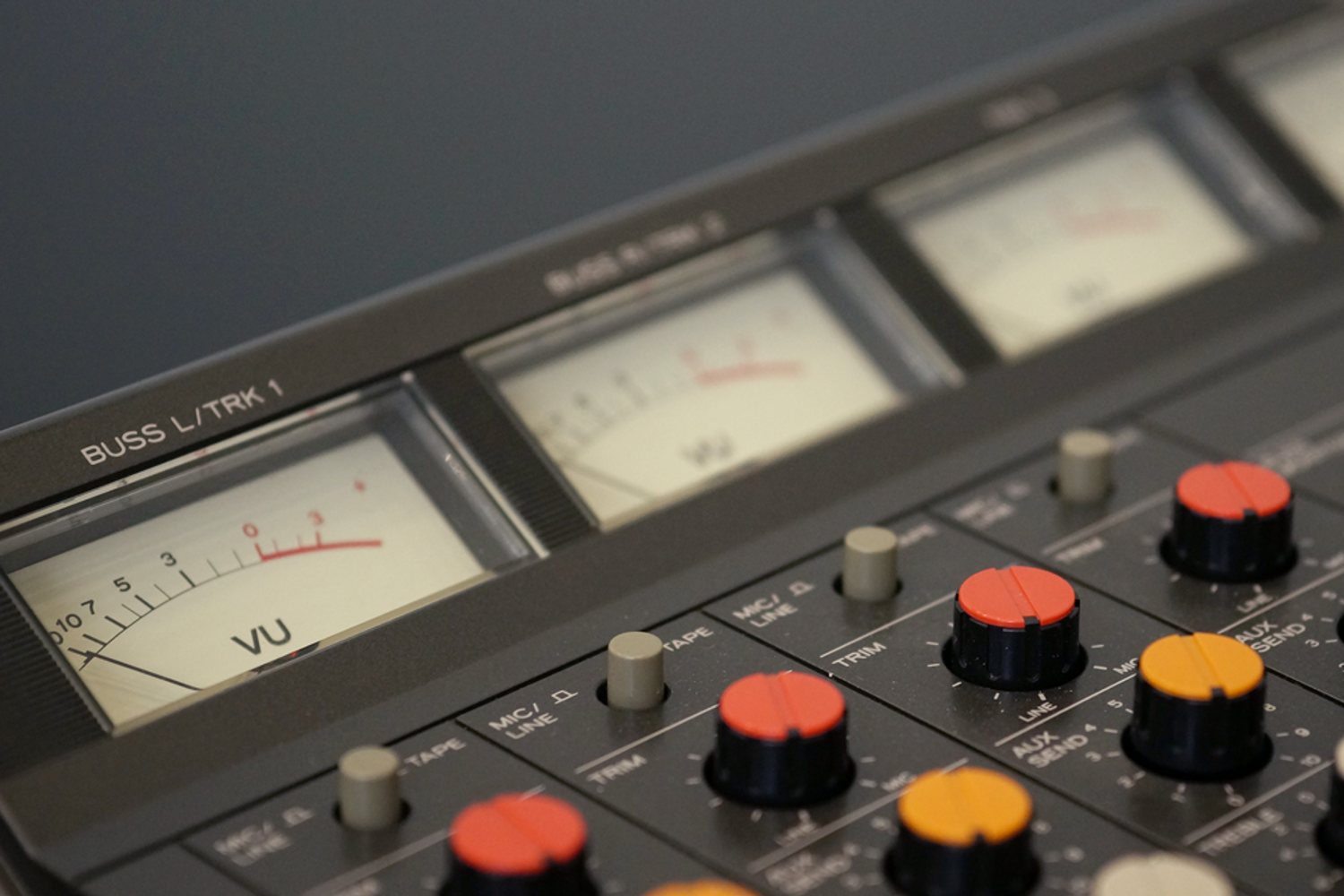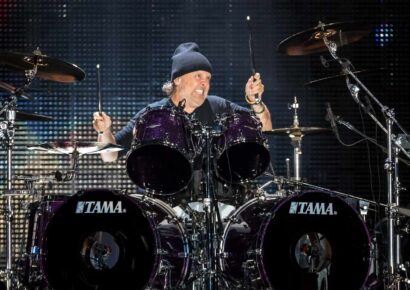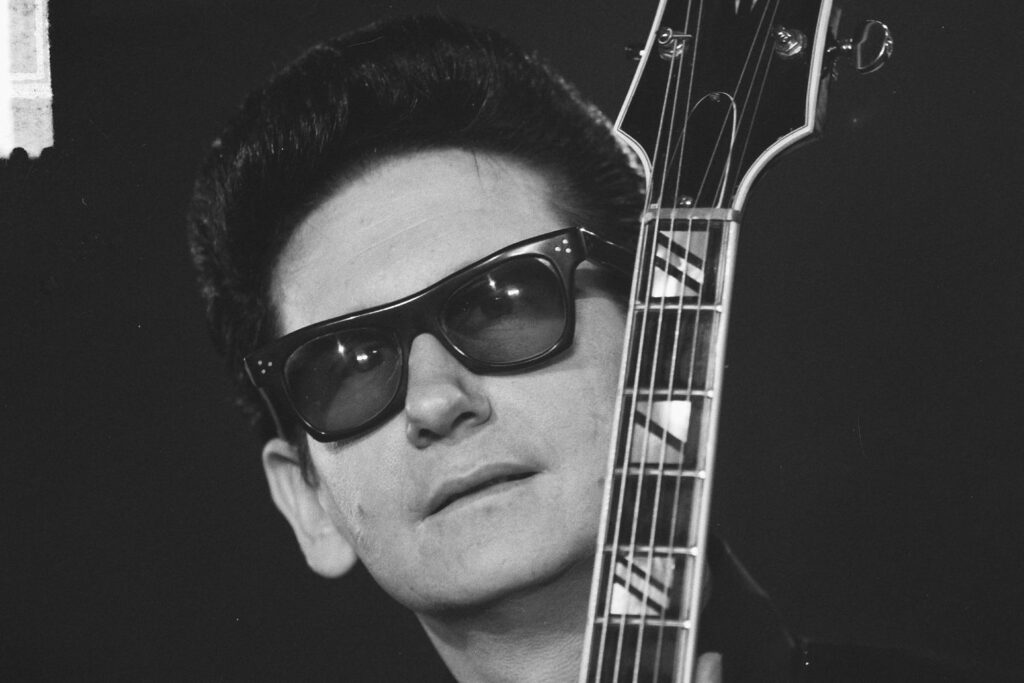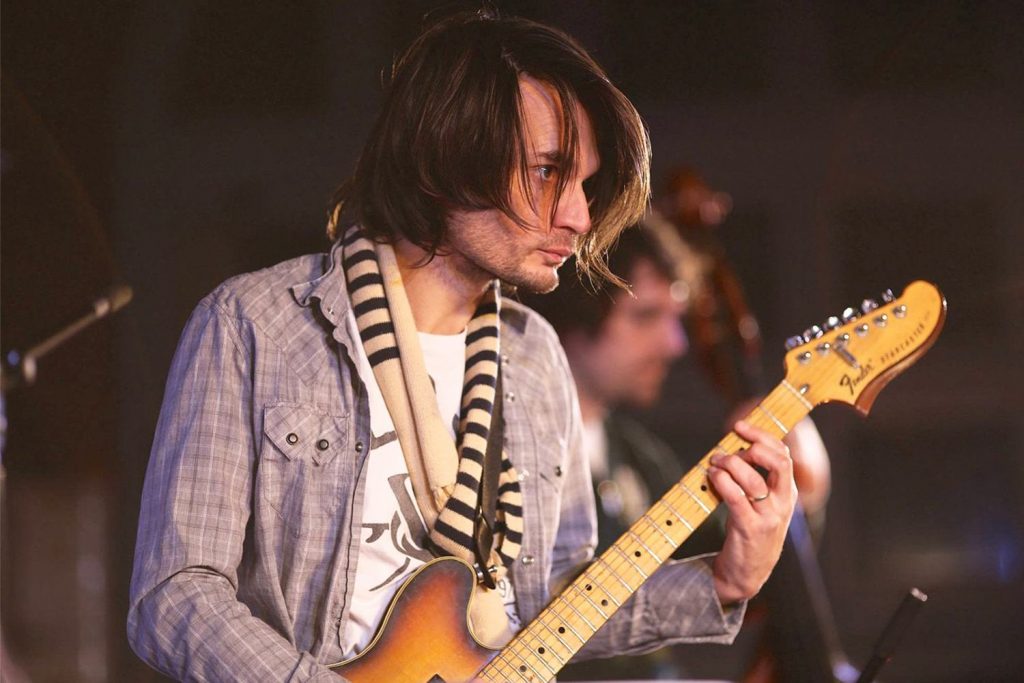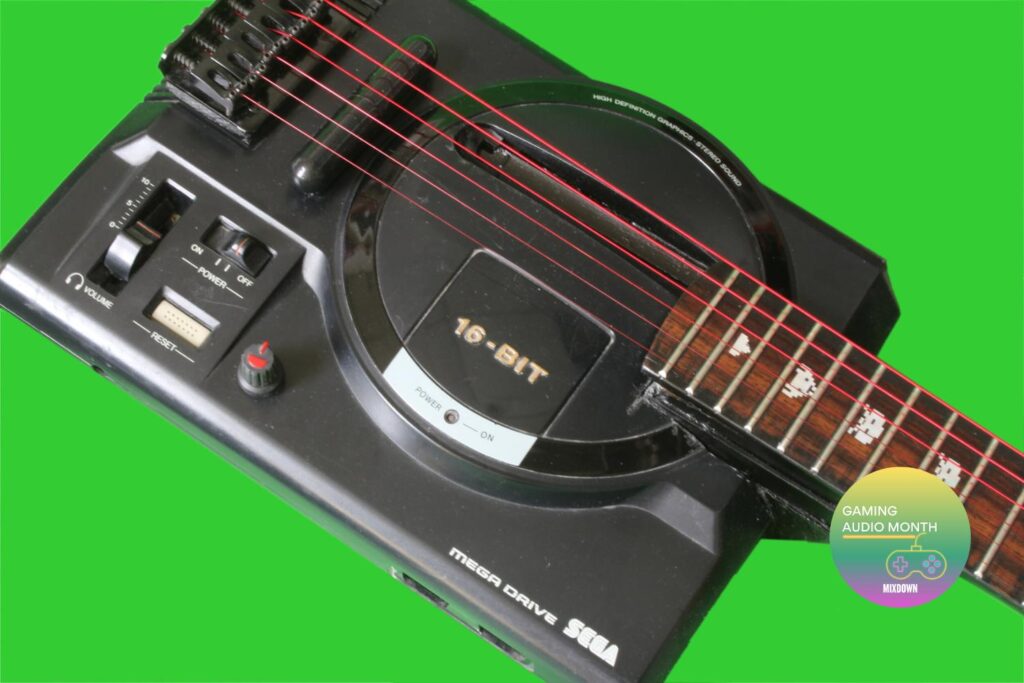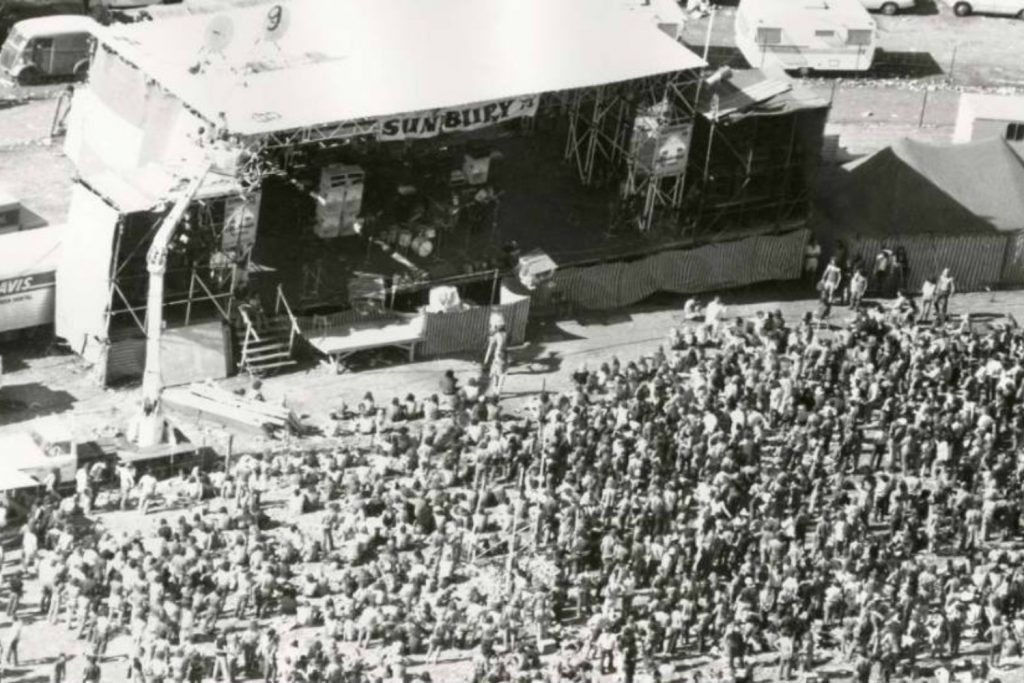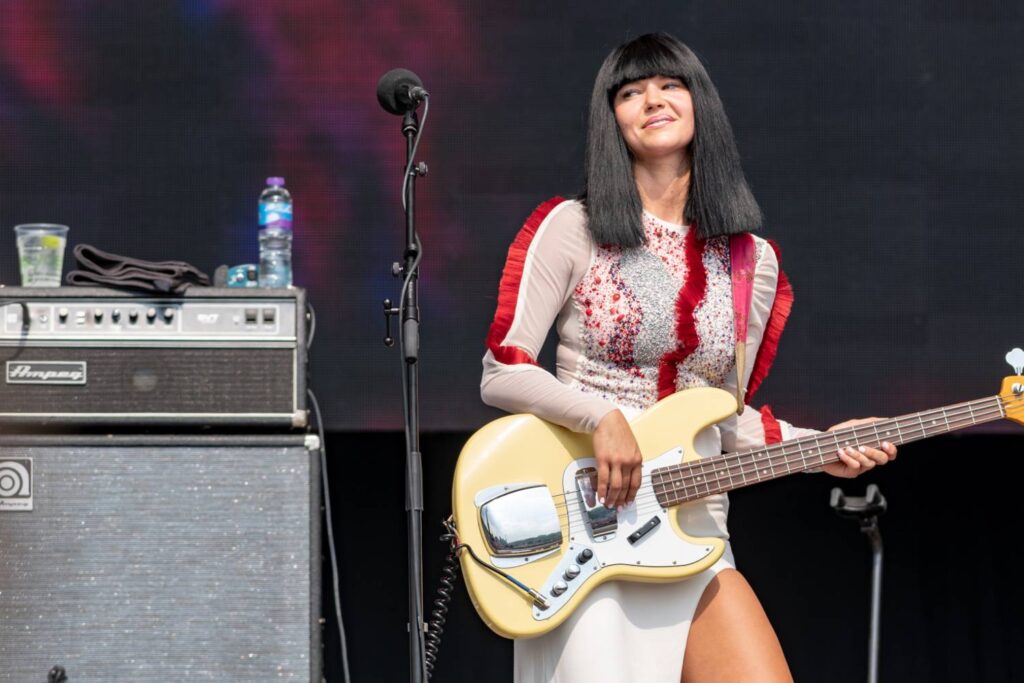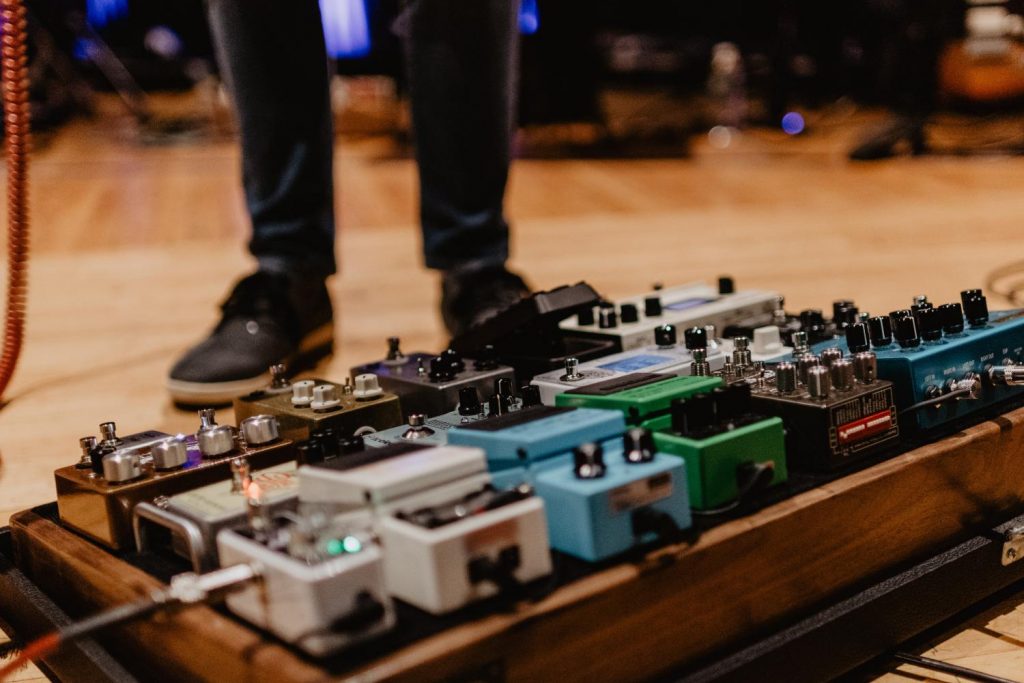When the Tascam Portastudio 144 came on the scene in 1979, it was the very definition of a game-changer.
In a world where you can record infinite tracks on your phone sitting on the bus on the way to work, it’s hard to believe that prior to the Tascam Portastudio, putting down in some kind of replayable form your song as you heard it in your head, was not an easy thing.
Thanks to the Tascam Portastudio, for the first time lone musicians could play with themselves in the comfort of their own bedroom, without feeling guilty about it.
Read all the latest features, columns and more here.
Tascam Portastudio
Before the Portastudio, if you wanted to record a song at home with multiple instruments, you either had to record one instrument onto a cassette player, then play it back and play along and record it onto another cassette player. Or you’d need a reel-to-reel tape machine like a Revox that you could record two separate tracks on.
The Portastudio ingeniously took the left and right stereo tracks on each side of the humble cassette and allowed you to record on each of them individually, giving you four full tracks, each with bass and treble EQ and pan pots, allowing you to place each track anywhere in the stereo spectrum, from left to right, centre or anywhere in between. It even allowed you to get all Pink Floydy and pan tracks from left to right and back again (depending on what and how much you’d smoked) when you mixed down your song to your cassette deck. (Remember them? Probably not…)
The Portastudio had four big old-school analogue VU meters, tape cue level controls so you could turn up or down the tracks you had already recorded while you laid down the next track, a pitch control that allowed you to speed up or slow down the tape to get the required pitch (or record a Chipmunks album, if you preferred), four instrument/mic inputs and L & R AUX inputs for effects such as reverb, echo and compression.
Plus, it was portable, kinda. It weighed in at 9kgs and was about the size of an old fashioned VCR. (A VCR was a machine that played video tapes. Video tapes were these things that… never mind. I’m old.)
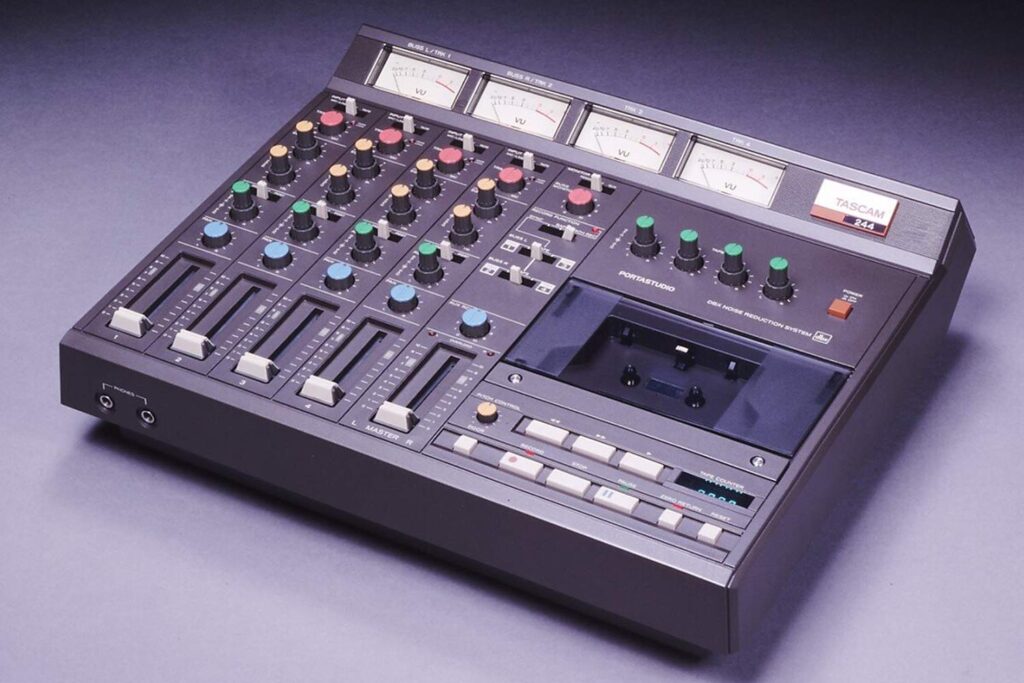
Of course wherever you ported your Portastudio, you still needed power. So you couldn’t use it out in a field for example, unless you had a really long extension cord.
In short, the Portastudio was, in the vernacular of the time, The Duck’s Nuts. And it’s no wonder musicians both good and bad took to it like that well-cajoned water fowl to water.
If you ask AI which famous musicians used a Portastudio (which I did because I’m lazy), it’ll give you a list that goes on virtually forever. Now it may not be an accurate tally, but frankly it would be easier to list famous musicians who have never used a Portastudio. (Beethoven, I imagine… )
But some who definitely did include:
John Frusciante, Robert Smith, Madlib, Chelsea Wolfe, Captain Sensible, Ariel Pink, Alasdair MacLean, Paul Millar, The Jesus and Mary Chain (that counts as two!), Seal (the singer, not the marine mammal), Wu-Tang Clan and Mac DeMarco. Not to mention Bruce “The Boss” Springsteen, Lady Gaga, Lou Reed, “Weird Al” Yankovic and Ween. (Which I just did. Sorry.)
“The Boss” used his Portastudio to record his entire Nebraska album, arguably the bleakest and most depressing offering in his musical canon, whereas Ween used theirs to record some of the trippiest ‘shroom-fuelled music you’ll ever hear, making full use of the Portastudio’s pitch control to create the freakily high (in both senses) vocals on tracks like “Push the Little Daisies”.
And “Weird Al” would use his Portastudio to record some of the funniest tracks you’ll ever hear, for example his brilliant parody version of the Beatles’ Taxman, entitled Pacman.
As for me, my home-recording journey started in June 1980 when I convinced my parents that rather than throwing me a 21st party they buy me the then recently-released 144. I immediately started recording the songs that I knew would make me the international rock star that I was destined to become.
When I had enough to fill both sides of a C90 cassette, I sent it off to Molly Meldrum, convinced he’d play it and have me make my Countdown debut within weeks. Sadly, he still hasn’t replied.
The trajectory of my music-making career was then somewhat curtailed by my girlfriend’s surprise pregnancy (which shouldn’t really have been such a surprise considering what we were doing when I wasn’t recording songs on my Portastudio), and the birth shortly thereafter of our son, Dolby* (*not really his name), when financial necessity forced me to stop faffing around and finally get a proper job.
But I didn’t give up on my dream. I eventually replaced the Portastudio with a Boss BR-8, with built-in guitar effects, and twice as many tracks that recorded onto 100MB Zip discs (don’t ask!) which were a vast improvement on cassettes as they didn’t tend to get chewed by the mechanism, destroying a potential musical masterpiece.
Later I replaced BR-8 with a Boss BR1180 – ten tracks, a 20GB hard drive and built-in CD recorder. It was about 20GBs of home-recorded music later when I finally realised I was missing just one vital ingredient needed to make me a music star – talent. Them, as they say, are the breaks.
Best Tascam Portastudio
As for the Portastudio, the 144 was superseded by the 244, then the 246 (there was no 245 apparently) both with dbx noise reduction and sweepable stacked-knob EQs. Next was a big jump to the 414 that had a foot pedal for hands-free punch-ins, but sadly replaced the aesthetically pleasing analogue VU meters with LED ones. Next came further models with increasingly higher numbers (564, 688 etc.) more channels and features, eventually going digital, with SD cards, mini discs and hard drives.
Competitors like Fostex, Yamaha and Boss/Roland entered the market, followed by apps such as Garageband, Audacity and Pro Tools, but by then the home-recording cat was out of the bag, and in my case it was a fairly talentless, musically challenged cat. And I’m still waiting on my phone call from Molly. Molly, if you’re reading this, call me. It’s never too late!
Keep reading and check out the more modern range of PortaStudios here.
